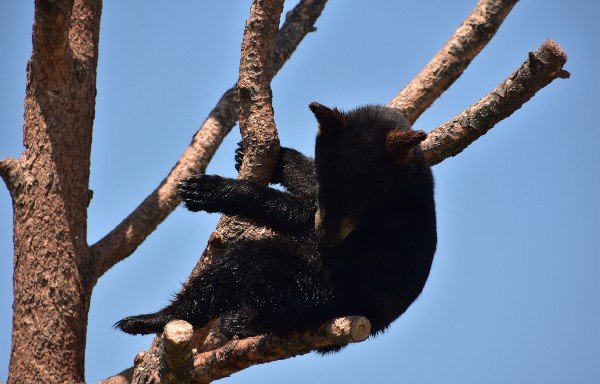Bears are among the most influential and captivating animals on Earth. They inhabit regions from Canada to Russia and can even be found in countries outside North America, such as Mexico and Costa Rica. As omnivores, bears consume both plants and animals, although their diet predominantly consists of plant life due to their slower metabolism. But where did these majestic creatures originate? Let’s explore the origins and current status of grizzly bears.
Origins of Grizzly Bears
Grizzly bears derive their name from their unique coat of brown fur, characterized by a mix of black and white hairs. The term “grizzly” comes from a Native American word meaning “grizzled” or “fear-inspiring.” Despite their resemblance to brown bears, grizzlies are generally smaller. Grizzly bears are primarily found in Alaska, thriving in regions where vegetation is accessible year-round.
Historically, grizzly bears roamed abundantly across most of North America. Today, their range is more restricted, encompassing parts of the United States, Canada, and a small section of Mexico. While many traditional brown bear populations have diminished, the Kodiak bear, a grizzly subspecies, remains plentiful within its habitat.
Current Population Status
The grizzly bear population in North America is estimated at around 50,000 individuals, a significant decline from the 1990s when their numbers were approximately 100,000. In the lower 48 states of the United States, only about 1,200 grizzlies remain. Although the species is not currently facing extinction, it is crucial to continue protecting these animals.
In Canada, about 35,000 grizzly bears inhabit regions, primarily along the coast of British Columbia and on islands like Vancouver Island. While the population in these areas is stable, grizzlies can be found almost anywhere with adequate vegetation.
On the far east coast of Russia, small, isolated populations of grizzly bears are classified as endangered, teetering on the brink of extinction. To safeguard these remaining bears, hunting has been banned across much of their habitat.
The Hibernation Cycle
Hibernation is a critical aspect of a grizzly bear’s life cycle, essential for their survival in winter habitats where food sources are scarce. During hibernation, bears rely on their fat reserves for energy, sleeping most of the time and eating minimally before emerging from their dens.
Winter is the only season when bears consume substantial amounts of food to build up their fat stores. In some cases, grizzlies may become more active during winter, eating as much as possible if food is available before hibernating for the year.
Protecting Our Bears
Bears are some of the most formidable animals globally, inhabiting a diverse range of environments. Protecting these magnificent creatures is paramount. By understanding their origins, behaviors, and habitats, we can take significant steps towards ensuring their survival.
Visit Yellowstone Bear World
Are you interested in observing grizzly bears in their natural habitat? During your visit to Yellowstone National Park, make sure to stop by Yellowstone Bear World. Experience a unique wildlife viewing adventure and learn more about these incredible animals. For additional details, call us at (208) 359-9688.





